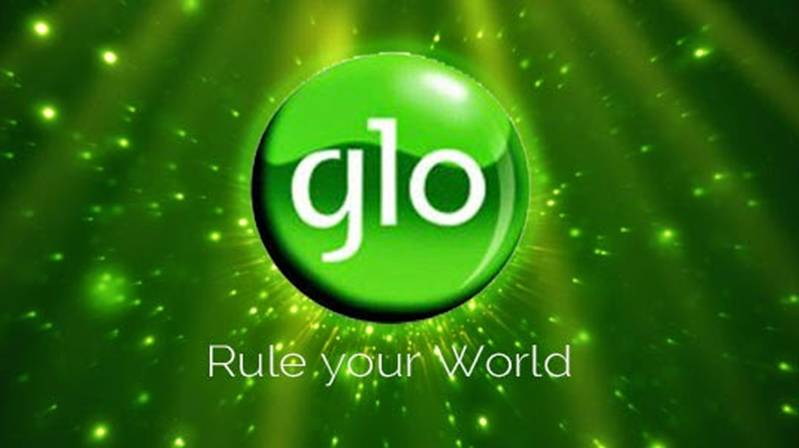Latest Ericsson Mobility Report for June edition, presented in Lagos recently has shown that whereas the Nigeria crawled to three million subscribers, India added 43 million; China 24 million; Indonesia 10 million and Pakistan five million.
The Quarter one (Q1) however, showed that even at three million, Nigeria led Africa to fresh nine million subscriptions, reaching a total of 985 million.
Though the report claimed that the industry has taken major steps to grow networks, which is shown by major investments, local operators are divided on the truism, saying policies of the federal government in the last one year have frustrated private sector investments.
Some of these polices according to them include inclusion of telecoms materials in the list of 41 items delisted from easy access to forex via government window, issues in Right of Way (RoW) for network expansion and broadband infrastructure, power inconsistency and policy summersaults.
Ericsson Mobility Report was silent on the above issues as at the time of release after all, but went ahead to claim that the number of mobile subscriptions exceeds the population in many countries, which is largely due to inactive subscriptions, multiple device ownership or optimisation of subscriptions for different types of calls. As a result, the number of subscribers is lower than the number of subscriptions.
The report noted that “Today, there are 5.2 billion subscribers globally compared to 7.6 billion subscriptions,” the report noted. Reman informed that Ericsson foresees continued rapid growth of mobile connectivity as global mobile data traffic increases to eight times its current level by 2022”.
Again, the report hinted that “For the next six years, nearly 2.6 billion new subscribers will be added to mobile broadband networks – enough to fill Africa’s largest soccer stadium, Soccer City in Johannesburg (with capacity of approximately 95, 000) 10 times each day”.
But, industry analysts in Nigeria faulted the report on the ground that not many African nations are currently investing much on broadband infrastructure that will push data subscriber base to the 2.6bn as estimated in the report.
The latest collection of statistics showed the highest year-on-year mobile data growth globally since 2013, led by massive growth in India, and highlights the underlying need for mobile data.
There was clear poor leveraging on existing mobile infrastructure is the most cost-effective way to connect the 50 per cent of the global population that still doesn’t have Internet access, to how attributes of 5G will make public transport using autonomous vehicles safer.
The use of smartphones and easy access to mobile Internet services comprise a major part of the traffic numbers. Ericsson analyses “smartphone mobile data traffic” within “mobile data traffic” to illustrate this trend more clearly. By the end of 2022, total smartphone mobile data traffic will have increased nine times, reaching 66 ExaBytes per month.
Chief Strategy Officer and Head of Technology and Emerging Business, Ericsson, Niklas Heuveldop, said based on measurements made in hundreds of mobile networks, the Ericsson Mobility Report data truly illustrates the tremendous underlying growth in the industry. He stressed that 4G subscriptions are increasing faster than ever, Voice over LTE uptake is accelerating and traffic growth has reached levels we have not seen since 2013.
He noted that “I am particularly excited to see the industry’s major steps to progress network evolution, including the approval of the Non-Standalone 5G New Radio (NR) that will enable early 5G deployments. According to our forecast, we anticipate that this will lead to more than half a billion 5G subscriptions and population coverage of 15 per cent by 2022”.
The Mobility Report features articles on Internet for all, massive IoT coverage in cities and remote operation of vehicles with 5G. It also revealed that LTE is becoming most pervasive technology in history.
The report averred that in 2018, LTE (4G) will overtake GSM as the largest access technology by number of subscriptions. The speed with which this technology has been rolled out and adopted is unprecedented. It has taken only five years for LTE to cover 2.5 billion people, compared to eight years for WCDMA/HSPA, or 3G. In the first quarter of this year alone, 250 million new LTE subscriptions were added.









